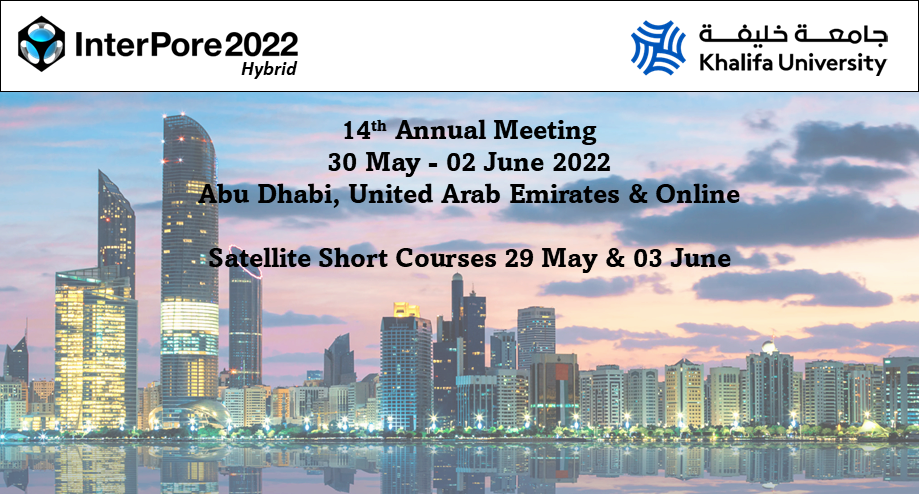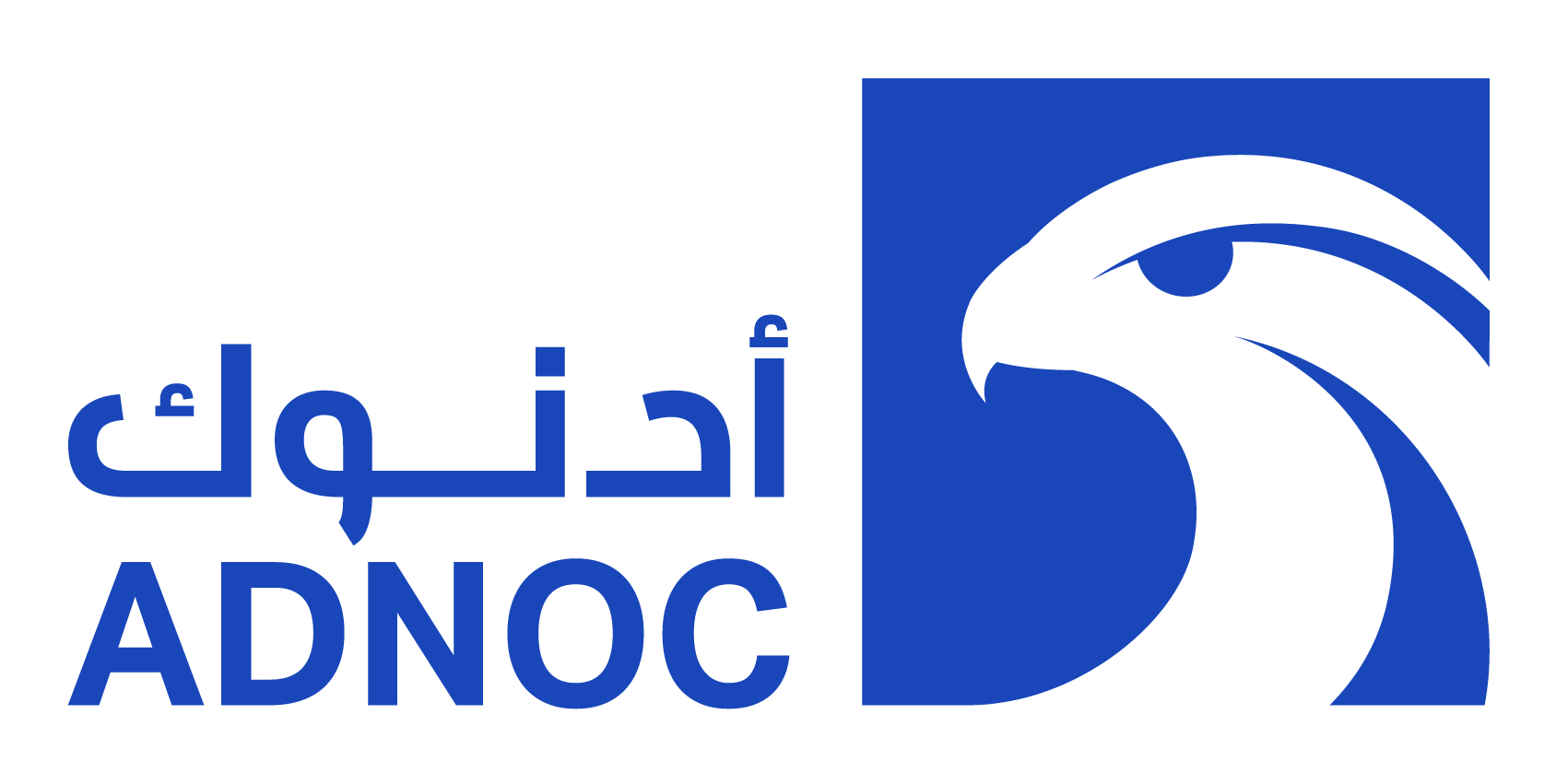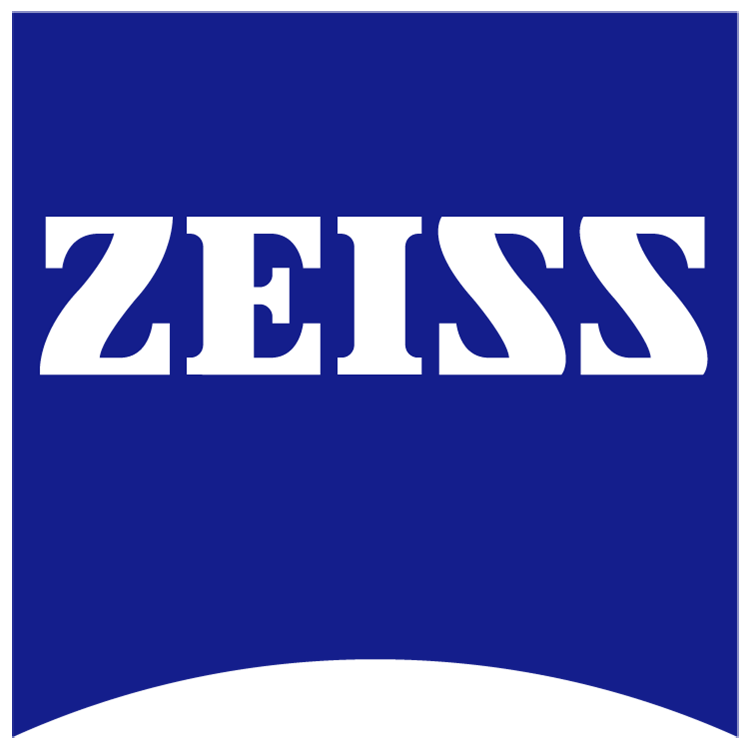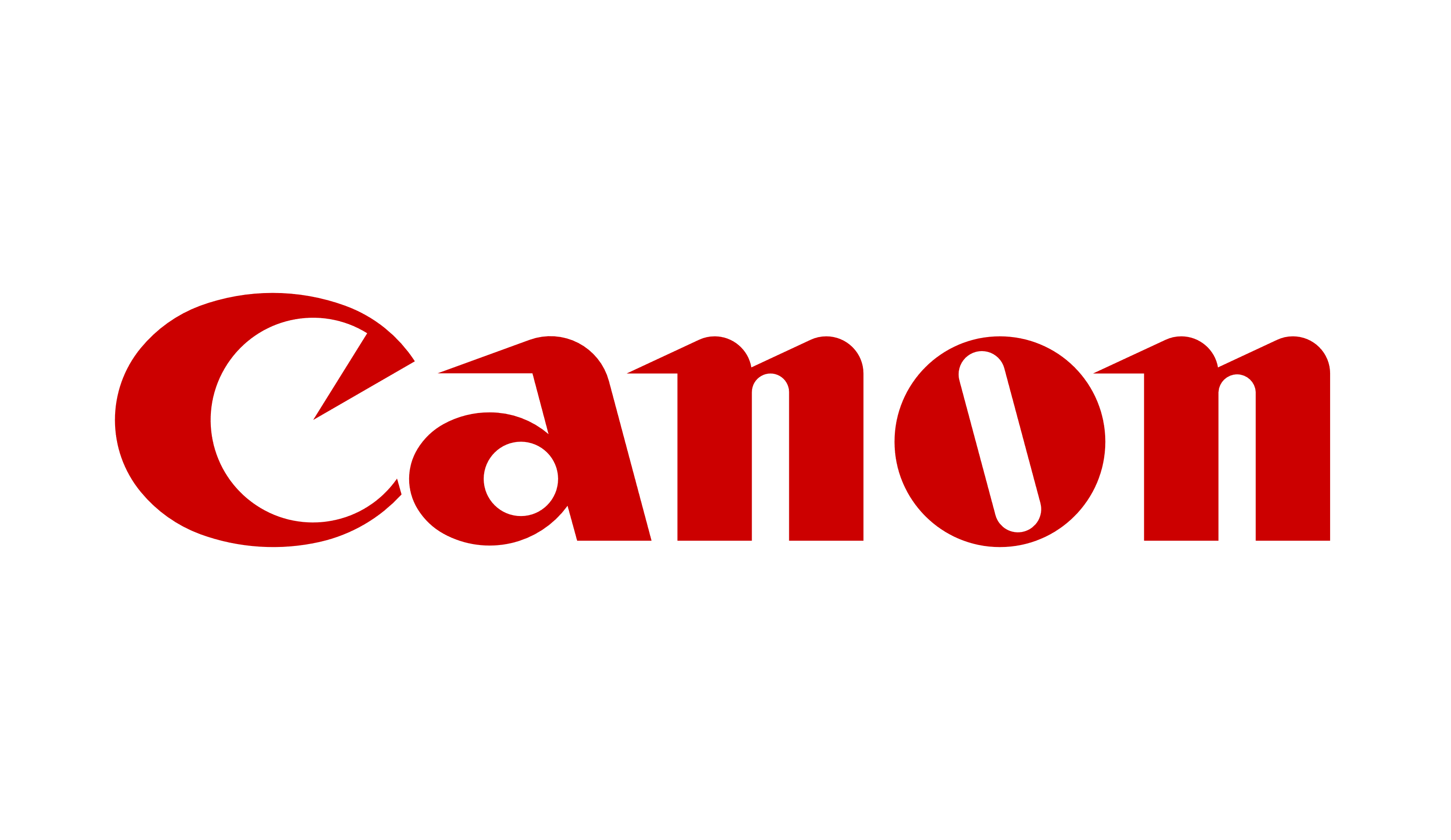Speaker
Description
Mohamed Regaieg1*, Zakaria El Abid 2, Erwann Camberlin 3
1 TotalEnergies SE
2 ENSTA
3 ENSEIRB-MATMECA
Digital Rock Physics (DRP) provides a new way to compute rock properties and carry-out related sensitivity analysis to complement laboratory measurements. In DRP, the first step is to obtain micro-CT images of a rock, this is then followed by segmenting the images to distinguish the rock from the pore space, and finally flow simulations are performed to compute advanced rock properties such as relative permeability and capillary pressure. Yang et al (2017) have proved that when the geometry of the pore space is well characterized, the flow simulators perform well.
However, the geometry of a real rock is not always well characterized, notably due to the lack of image resolution which in turn introduces uncertainty in the pore/throat geometry and consequently introduces errors in rock property computations. Furthermore, during image acquisition a compromise is often made between the speed of the image acquisition, the size of the scanned volume and the resolution obtained: increasing the resolution decreases the field of view, in turn limiting the quantity of information obtained from the image and thus making DRP simulations less representative.
Recent advances in deep learning methods have led to major advances in computer vision techniques, and notably in the field of super-resolution imaging. In this talk, we present such a strategy to digitally increase the resolution of 3D micro-CT using a deep learning approach called Enhanced Super-Resolution Generative Adversarial Network (ESRGAN). We first describe the ESRGAN method and our training strategy. Subsequently, we apply it to 3D micro-CT images of several rocks, and we compare the super-resolved images against the high-resolution ones of the same rock volume.
This is followed by presenting flow simulations performed on low resolution and super-resolved images showing how the ESRGAN can considerably improve the accuracy of DRP simulations.
Large super-resolved images up to 4000 voxels cube were produced and the technique showed
promising results when applied on low resolution micro-CT images. The super-resolved images were more realistic visually and produced better single and multiphase flow simulations results.
Keywords: Super-resolution, GAN, deep-learning, image processing, PNM, simulation
| Participation | In person |
|---|---|
| Country | France |
| MDPI Energies Student Poster Award | No, do not submit my presenation for the student posters award. |
| Time Block Preference | Time Block B (14:00-17:00 CET) |
| Acceptance of the Terms & Conditions | Click here to agree |









